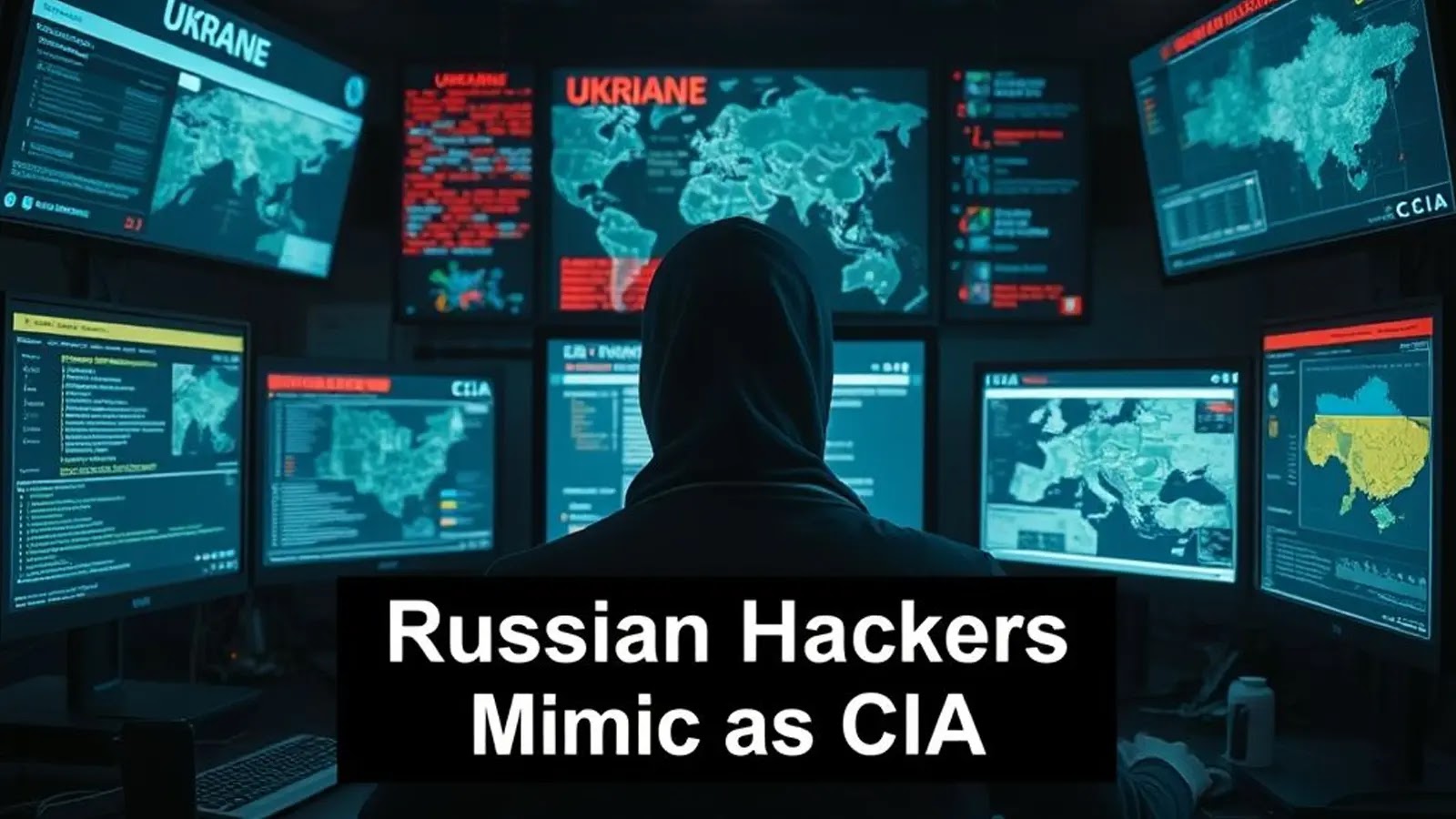In a recently uncovered cyber espionage operation, Russian hackers have been impersonating the U.S. Central Intelligence Agency (CIA) and other organizations to extract sensitive information from individuals sympathetic to Ukraine and potential Russian defectors. This sophisticated campaign employs meticulously crafted phishing websites that closely mimic legitimate organizations, deceiving victims into divulging personal information.
Tactics and Targets
The attackers have created convincing replicas of trusted websites, with only subtle differences in domain names, to lure individuals seeking to contact anti-Putin organizations or provide intelligence to Western agencies. By exploiting the trust associated with these organizations, the hackers have established an effective method for collecting sensitive data from unsuspecting victims.
Silent Push threat researchers identified the operation, revealing four major phishing clusters impersonating not only the CIA but also the Russian Volunteer Corps, Legion Liberty, and Hochuzhit—an appeals hotline for Russian service members in Ukraine operated by the Defense Intelligence of Ukraine. Evidence suggests these operations are likely orchestrated by Russian Intelligence Services or threat actors aligned with Russian interests.
Evolution and Infrastructure
The campaign has been evolving since at least September 2023, with new domains continuously being registered to expand its reach and effectiveness. The attackers have demonstrated significant technical sophistication in their domain spoofing techniques. For instance, instead of using the legitimate CIA domain (cia.gov), they registered domains like ciagov.icu and ciacontactru.com to deceive victims.
Similar tactics were employed across all targeted organizations, with domains like legionliberty.top mimicking the legitimate legionliberty.army site. The campaign’s infrastructure reveals careful planning and execution, with convincing replicas of legitimate forms used to collect personal information from victims. In many cases, Google Forms were utilized to gather details such as gender, age, country of location, citizenship, and contact information.
Analysis of the network infrastructure uncovered shared hosting patterns across the phishing domains. Many were hosted on IP address 80.78.22.146, later moving to 101.99.76.102 in February 2025, indicating ongoing campaign maintenance and development. This infrastructure connectivity helped analysts link the seemingly disparate phishing clusters to a single coordinated operation targeting Ukrainian defense intelligence channels.
Broader Context
This campaign is part of a broader pattern of cyber activities conducted by Russian intelligence services. In previous instances, Russian hackers have impersonated U.S. government officials to target American agencies, businesses, and think tanks. For example, in 2016, hackers impersonated a State Department official in spear-phishing attempts targeting U.S. government agencies and organizations. These attacks were consistent with past campaigns linked to Cozy Bear, a Russian group believed to be associated with Russian intelligence. ([apnews.com](https://apnews.com/united-states-government-24a49d39b9e74738a61312052436f5c4?utm_source=openai))
Additionally, Russian hackers have been known to exploit vulnerabilities in commonly used software to gain access to sensitive information. The National Security Agency (NSA) has previously warned of Russian military hackers exploiting flaws in email software to infiltrate government and private sector networks. ([cbsnews.com](https://www.cbsnews.com/news/national-security-agency-cyberattack-sandworm-russia-hackers/?utm_source=openai))
Implications and Recommendations
The impersonation of the CIA and other organizations by Russian hackers underscores the evolving nature of cyber threats and the importance of vigilance in the digital domain. Individuals and organizations, particularly those involved in sensitive areas such as defense and intelligence, must exercise caution when interacting with online platforms and verify the authenticity of communication channels.
To mitigate the risk of falling victim to such phishing campaigns, it is recommended to:
– Verify Domain Authenticity: Carefully examine website URLs for subtle discrepancies that may indicate spoofing attempts.
– Implement Multi-Factor Authentication (MFA): Enhance account security by requiring multiple forms of verification.
– Educate Personnel: Conduct regular training sessions to raise awareness about phishing tactics and how to recognize them.
– Monitor Network Activity: Utilize advanced threat detection systems to identify and respond to suspicious activities promptly.
By adopting these measures, individuals and organizations can strengthen their defenses against sophisticated cyber espionage campaigns and protect sensitive information from malicious actors.



